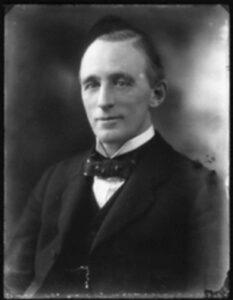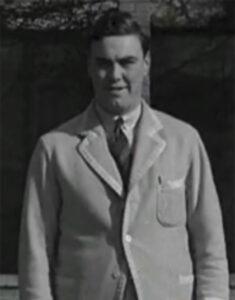In 1787, Dunckerley took it upon himself to make the first appointments of provincial officers of the Province of the Isle of Wight, even specifying what regalia to wear. Three years later, in 1790, Dunckerley caused more masonic ripples in his fiefdom when he made Brother Chapman Provincial Grand Warden, a year before he attained the Master’s chair. What’s more, in 1793 an article about this now renowned masonic leader referred to him as Provincial Grand Master of Hampshire and the Isle of Wight — bearing in mind that Hampshire (founded 1767) and Isle of Wight (founded 1772) were independent provinces at the time and did not combine until 1869 under Rt. Hon. W. W. Bramston Beach, MP.
As you can gather, in many ways, Dunckerley was quite a gifted individual with an organised mind and manipulative character. Notwithstanding his many activities, he held high rank in the Royal Arch and virtually every other degree in masonry; no mean feat for a gentleman who started life in His Majesty’s Navy as an able seaman, and swiftly progressed to being a gunnery officer and schoolteacher, and later a lawyer in civvy street.
The Province of Hampshire and Isle of Wight after Dunckerley
Moving into the Victorian age saw many masonic events in the Province of Hampshire, particularly when the Isle of Wight came into the fold in 1869, and several national and local luminaries stamped their mark on the Craft.
In 1838, the Deputy Provincial Grand Master Admiral Sir Lucius Curtis, Bt, KCB, laid the foundation stone of Southampton Docks. The day went well until Provincial Grand Lodge returned to its meeting place when a minor fracas involving one Brother Hammond, who refused to give up the use of the organ to the properly appointed organist causing the Deputy Provincial Grand Master to intervene and admonish the errant brother. A couple of years later in 1840, a special meeting of Provincial Grand Lodge was convened in Southampton to mark the marriage of Queen Victoria to HRH Prince Albert of Saxe-Coburg for the express purpose of framing an address on vellum for presentation to Her Majesty. In March 1846 and again in 1854 HRH Prince Albert, a non-mason, managed through no fault of his own to become embroiled in a little masonic controversy in the laying of foundation stones. I won’t go into detail, suffice it to say that certain lodges, and the Provincial Grand Lodge in particular, found themselves at odds involving protocols in preparation for these events.
1874 saw HRH Albert Edward, Prince of Wales the eldest son of Queen Victoria and Prince Albert installed as Grand Master. He served in that capacity until 1901 when he became Edward VII, King of England. In that same year, HRH Arthur, Duke of Connaught and Strathearn, the third son of Queen Victoria, was installed as Grand Master and served until 1939.
A snippet from provincial records tells us that in 1891, we had for the first time an accurate overview of the province: we had 3176 members in 47 lodges. Provincial funds were £1,400, a change from the first balance sheet of 1837, which showed £13.9s.6d.
Moving forward to the 20th century
Although readily established in the 19th century, many army and navy lodges continued to flourish in the province offering support and camaraderie to servicemen during and after the two world wars. These lodges enabled servicemen to continue with their friendships and connections that they had built up during their time in the services.
During both world wars James Edward Harris, the Rt Hon The 5th Earl of Malmesbury (pictured below) guided freemasonry in the province as Deputy Provincial Grand Master from 1909 to 1918 and Provincial Grand Master from 1923 to 1950. During his time, at the start of the Great War, Grand Lodge decreed to ban brethren of “enemy country birth” even if they lived in this country from attending any lodge meeting in England. However, it took until 1927 for Grand Lodge to invite them back. One might wonder, could or would that happen today?
On 10 January 1941, during the ‘Blitz’, the Luftwaffe destroyed the offices of Provincial Grand Lodge at Portsmouth when many highly prized items were lost: masonic library, records, furniture, regalia, etc. Also, several masonic temples were destroyed when Southampton, Shirley and the United Service Lodges lost all their records. in all 37 lodges in the province suffered damage ranging from bomb damage to total destruction, a grim time indeed for the province and its inhabitants.


